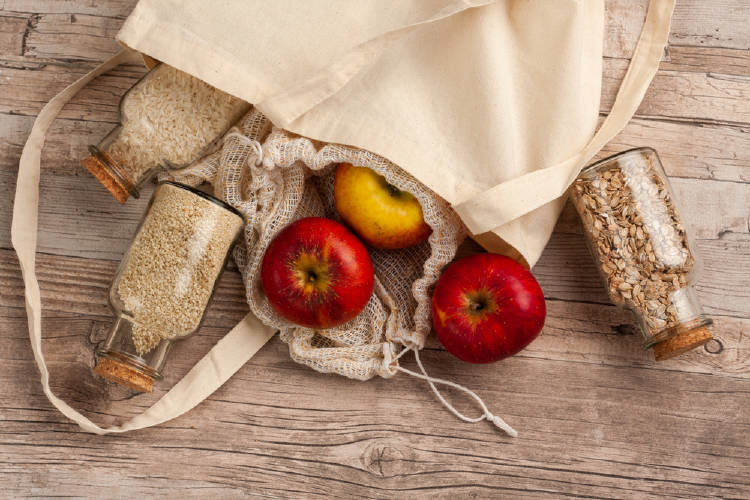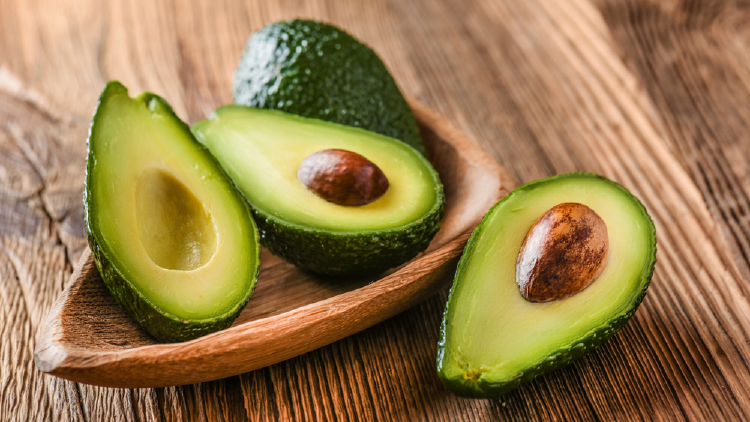When we talk about fat in body composition, we usually focus on how to eliminate it, and we never consider it as a critical component for our health. This opens the question: is all fat bad?
What types of fat do we incorporate into our diet? What kinds of fat do we store in our bodies? What does it mean to be obese? What is being overweight? We share some ideas to clarify these doubts.
Talking about body fat does not imply criticizing body size or appearance. When we talk about obesity, overweight and its complications, we do so from a medical point of view and not an aesthetic one, since all body types can be healthy and, without a doubt, beautiful.
We have variable percentages of fats throughout life, and the amount of fat in our body depends on many factors: age, weight, lifestyle, whether you are a man or a woman, and the level of training. The more sedentary we are, the more fat we will have.
Our body has two ways to store fat:
- Subcutaneous Fat
It is the fat that is under the skin. This type of fat is necessary to maintain body temperature, and it is healthy to have it as long as it is not in excess. This is the kind of fat that we use for fuel when the body needs it, and it is the fats that store the most glucose.

- Visceral Fat
It is the accumulation of fat around the organs. It causes many health problems that are linked to the causes of the most common chronic diseases such as obesity, type 2 diabetes, hypertension, cardiovascular disease, among others. It is related to increased low-grade chronic inflammation.
Read also: Health Benefits of Organic Food
This fat is metabolically active and increases levels of leptin, a hormone that signals satiety, what we feel when we have enough energy, and do not need to continue eating. By increasing the amount of this hormone, cells become resistant to it, and then the signal to "stop eating" is no longer reliable. In the long term, the brain stops registering it, and the regulation of satiety disappears.
In general, visceral fat develops in the hands of:
- Insulin resistance.
- Increased cortisol.
- The excessive consumption of calories, especially when it comes to refined carbohydrates.
Visceral fat is difficult to eliminate, but not impossible if we implement changes in our habits and lifestyle that are sustainable over time. How do we achieve these changes?
First, beware of severe calorie restriction!
There is much evidence to show that severe caloric restriction, the " crash diets, " better known as "starving yourself," can cause weight loss to begin with. The problem is that these diets increase visceral fat. Also, they are challenging to sustain over time, which is why they are usually abandoned, and in doing so, the lost weight is regained, and sometimes more! That is why those who need to lose weight must do so slowly.
Today, 70% of the world's population is overweight, and 40% of adults are obese. The figures in children are alarmingly similar. This is a real pandemic, and it is chronic. Obesity implies weight gain above the reference values for age. A person's height and activity level and this excess weight occur at the expense of increased body fat, especially visceral fat.

It should be noted that the size of a person does not always imply their metabolic state: many people look thin or with a "normal" weight, but have very unhealthy eating habits and lifestyles. These people may not gain weight, but they do have visceral fat that puts them at risk of developing chronic conditions like those mentioned above.
We must remember that 70% of the population is overweight to different degrees means that a large part of the community is POORLY EATEN. They have many nutritional deficiencies, not calories, but essential micronutrients and fibers.
Some data to keep in mind:
• Excess calories from your diet are stored as fat.
• The excesses that occur at the expense of refined and artificial sugars and addictive chemicals in ultra-processed foods are not safe.
• The increase in visceral fat makes us ill in the long term as it increases chronic low-grade inflammation, causes hormonal changes, blood glucose, intestinal permeability, and the list goes on.
Therefore, we always conclude that we should maintain a healthy weight but, above all, a nutritional body composition beyond aesthetics or size. We still have to focus on the quality of what we eat more than restricting calories or consuming light and skim products.

Is it Necessary to Stop Eating Fat?
No, but you have to choose the best ones. While it is essential to avoid excess fat in the diet, they are also the store of energy and have super essential functions in metabolism. Yes, we are going to consume, they must be of the best quality.
Some are anti-inflammatory, such as fats that contain omega three monounsaturated and polyunsaturated fatty acids. Omega-3 (w3) and monounsaturated fatty acids are found in many plant sources such as flax, walnuts, avocado or avocado, and olive oil. These foods also have other phenolic compounds that reduce inflammation.
When we talk about vegetable oil, it is not the same. For a long time, we thought that when an oil is "vegetable" or "edible vegetable," it is a healthy fat because it does not have cholesterol. But this is not so. Some polyunsaturated oils are not necessarily good. Why? Because there are two types of unsaturated fats: those rich in omega-3 (w3) that are anti-inflammatory and those rich in omega-6 (w6) that are pro-inflammatory. Both types are essential but in a proper relationship.

The “vegetable oils” that appear on the labels of almost all processed and ultra-processed products are usually super-refined versions with a very high W6 content. This makes the "famous western diet" highly inflammatory with five times more omegas than we should be consuming.
Also read: How to Get Rid of Back Rolls
The vegetable oil of ultra-processed foods is also added trans fats and saturated fats, both of animal and vegetable origin.
Read the Labels!
Reading them today is essential and empowers us when it comes to buying and choosing. What characteristics should we search for in them?
• Refined sugar sources such as syrups, sweeteners, syrup, syrup, molasses, sugar, and HFCS.
• Low-quality fat sources like vegetable oil, corn, soy or sunflower oil, and “edible mix.”
• Sources of trans fats identified by the legend “hydrogenated” or “partially hydrogenated.”

Whenever you see that a product has a very long list of ingredients with names that only a chemical engineer would understand, Don't buy it! That indicates that it is a product, not a food, and we can only benefit from consuming real food.
Adapted and translated by The Cop Cart Staff
Sources: Bioguia







